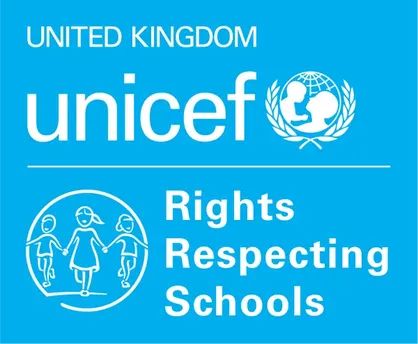As you work towards Gold accreditation there is an expectation that you explore the concept of dignity with staff and pupils.
Here, we provide a few ideas for you to incorporate the concept in PSHE or form time or with your RRSA steering group.
First introduce the concept of dignity
Display the following:
DIGNITY: The importance and value that a person has, that makes other people respect them or makes them respect themselves. Cambridge Dictionary
Article 1, Universal Declaration of Human Rights: All human beings are born free and equal in dignity and rights.
Then with your group
- Has anyone heard of the word ‘dignity’ before? What do you think it means?
- Mindmap as many words as you can that might relate to dignity, such as self-esteem, respect, self-worth, pride, value, inclusion, privacy, fairness, equality.
Then choose one or two activities to explore further as a group
- Poetic dignity: Write the letters in the word dignity vertically down the page and use the letters as the basis of an acrostic poem to unpack the concept.
- Dignity and Rights: Look through the simplified version of the CRC – which rights particularly relate to dignity? If these rights were not respected, how would this affect someone’s dignity? For example, Article 16 the Right to Privacy – if this was not respected then children could be embarrassed in public which would affect their dignity. If Article 26 and Article 27 are not respected then children may not have good clothes and a decent place to live which may affect their self-esteem, sense of pride and therefore their dignity.
- Dignity denied: Discuss situations, either real or imaginary, where human dignity is not respected. You may want to take a historical perspective, e.g. were children treated with dignity in Victorian schools? Or you could explore scenarios e.g. How is human dignity impacted during war? Are people treated with dignity when they are in prison? Does the way people are treated sometimes depend on their age? To extend the exercise, add the thoughts and motivations of the person(s) acting to deny the dignity of another person.
- Dignity through stories: For younger children, it can be powerful to use stories to explore the concept of dignity in a more concrete way. Using books such as It’s a No-Money Day by Kate Milner or The Invisible by Tom Percival can help to initiate a discussion, in an age-appropriate way, about what it means to treat someone with dignity and why this is important when thinking about children’s rights.
- Dignity in school: Use a ‘mind map’ approach to capture an overview of dignity in the lives of people in your school. Map out examples of where people are treating each other with dignity and any situations in school where you think dignity may be compromised?
Using a plan or map of your school, think of different venues in school, and describe the potential experience of, and need for, dignity in each. - Action on dignity in school: How could the practice of treating people with dignity be strengthened in school? Who do you need to share your ideas with to make this happen?






